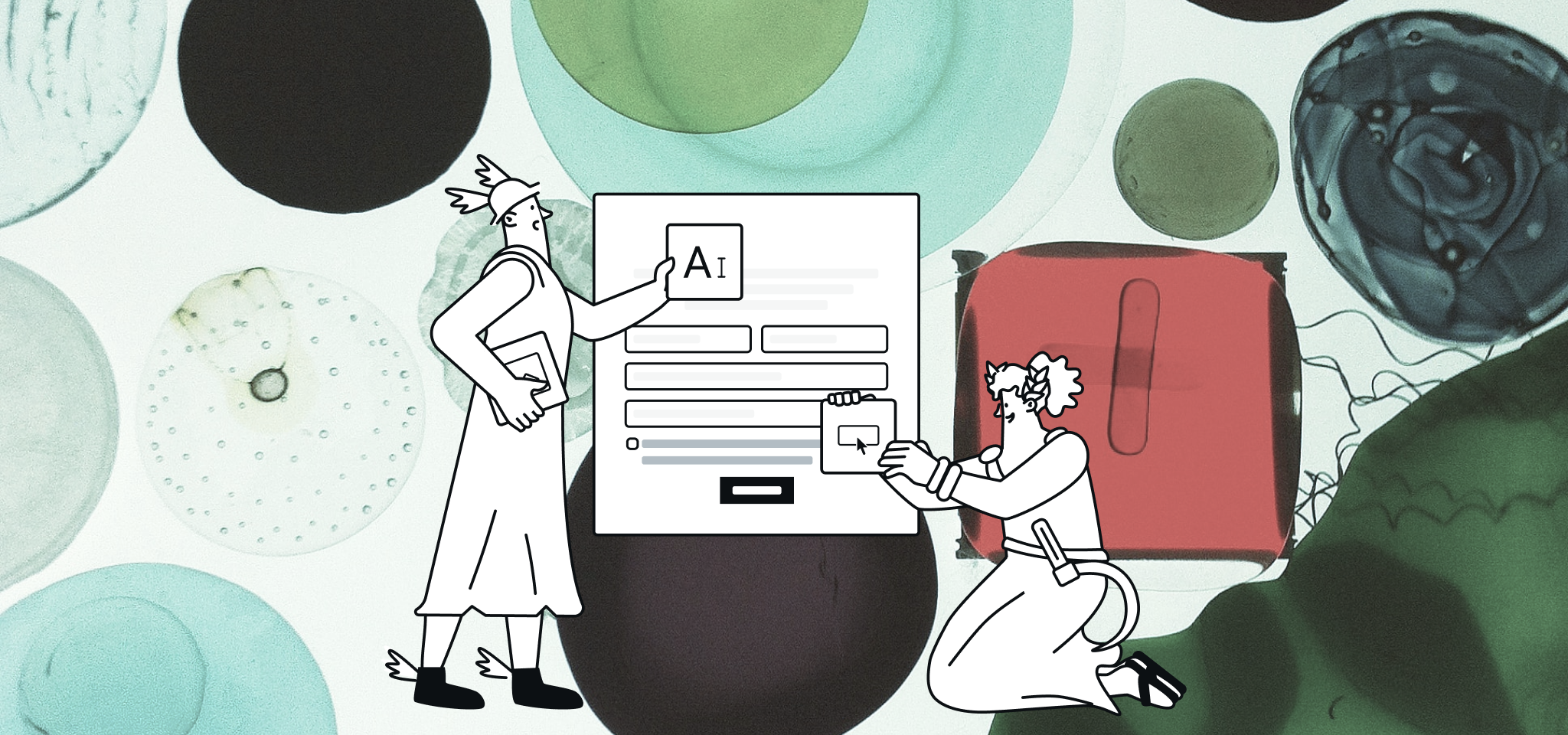Email Best Practices
The secret behind email’s eternal youth
Email is dead. We’ve heard this quite a few times in the past decade. However, it is far from dead, an open technology platform that everyone uses.

PUBLISHED ON
– Our trusted old friend email is as hip and good-looking as ever
Email is dead. We’ve heard this quite a few times in the past decade. More and more it seems. In recent years, as new forms of digital communication have emerged and developed, the number of email skeptics has increased, with a growing number of people calling for the next thing to replace email altogether. Opinions have turned sharply against the more-than-30-year-old technology that most of us still use on a daily basis.

Most recently though, Alexis C. Madrigal, deputy editor of The Atlantic, voiced his opinion in a piece that is unusually supportive of email. As a response to a series of recent statements from various tech companies calling email “counter-productive” and, yet again, “dead”, Madrigal tells us that email is in fact very much alive.
One of his main points in the article is that the strongest asset of email, unlike newer, more technologically advanced communication channels, is that it remains an open platform technology that no one owns:
“Email is actually a tremendous, decentralized, open platform on which new, innovative things can and have been built. In that way, email represents a different model from the closed ecosystems we see proliferating across our computers and devices.”
It’s this openness, Madrigal argues, that has allowed email to stay relevant and endure the changes in technology and the media landscape. To illustrate, he gives us a few examples of how email as a service has gotten better and more advanced, naming developments such as smarter inboxes, better spam filters, and most recently a great user experience on mobile devices.
His overall point seems to be that many of email’s former functions have been improved with new services and apps. Email has survived by evolving into new shapes and forms, thus remaining current.
More recently, it seems email as a communication channel for teams will be soon replaced with newer solutions. Here, tools like Hipchat and Slack have emerged and offered more fitting solutions with a focus on quick messaging, productivity and collaboration. But this, Madrigal says, is part of the natural evolution of email. New tools will come and email will continue to evolve thanks to its open-sourced nature that lets everyone contribute.
It’s hard to imagine how email would have evolved over the years if it had been controlled by one single company. Certainly the we wouldn’t have seen as many different ideas and ways to use email as we have over the past decades. And in the hands of one company it would most likely had been commercialized in a greater form, adding constraints and limitations to how and where it can be used. In the same sense that the Internet would have looked very different if it just one company had ownership.
As it stands today, email isn’t a one-off service that we use for a single purpose. Emails take many different forms and serve a plethora of purposes. And this will keep evolving. As Madrigal puts it:
“What’s changing isn’t a product that must be rolled out to all users, but an ecosystem that provides niches for all kinds of different emailers.”
An example of one of these niches is transactional email. The emails that we all receive when we buy something online and receive recommendations for similar products, when we need to reset our passwords or when someone has responded to one of our tweets. Highly relevant and targeted messages that customers want to receive. Companies today are able to customize these emails to the individual user and tailor their emails to meet very specific needs and demands from their users and customers. Transactional emails aren’t a new phenomenon in the world of email, but the purpose they serve and what we can do with them has evolved tremendously. In this example, email is not a static communication tool between two individuals. It’s a dynamic channel for intelligent, customized and relevant notifications.
Email is not dead. It has certainly changed a lot over the years, no one would argue with that. The way email looks, the devices we use to access, read, send it, the role it plays in the way we communicate with each other. They have all changed and will continue to do so as technology and the way we use it evolves. The “cockroach of the Internet” is still with us and we can’t wait to see which shapes and forms he will take next.








